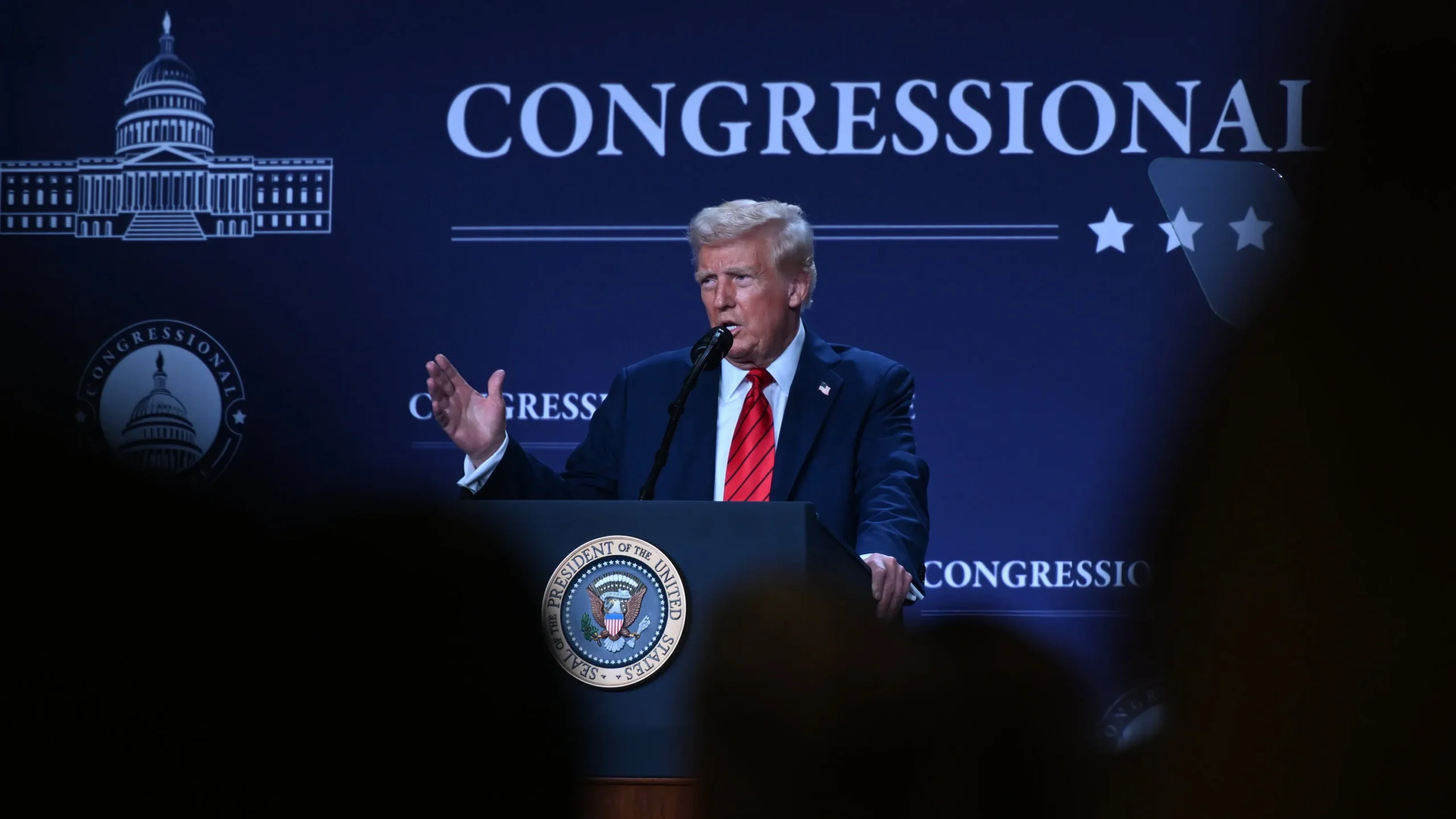Unlocking Billions: How Federal Grants Are Transforming Communities Across America
In recent years, federal grants have emerged as a vital lifeline for communities across the United States, empowering local governments and organizations to tackle pressing issues and enhance public services. These grants provide essential funding for various projects, including infrastructure, education, healthcare, and public safety. The Biden-Harris Administration has made significant strides in this area, announcing a landmark initiative that allocates $20 billion in grants specifically for clean energy and climate solutions.
The impact of these grants is profound, as they not only address immediate community needs but also stimulate long-term economic growth. By leveraging federal funding, local governments can access additional private investments, with the current administration encouraging an impressive $877 billion in private capital. This financial influx is crucial for revitalizing communities, especially those that have faced economic downturns or crises.
However, the road to securing federal grants is often fraught with challenges. Many smaller communities struggle with bureaucratic processes and stringent eligibility requirements, which can hinder their ability to access these critical funds. The Minority Business Development Agency (MBDA) has stepped in to provide resources and technical assistance, specifically aimed at helping minority-owned businesses navigate the grant landscape.
Moreover, federal grants play a crucial role in addressing social issues such as poverty and education disparities. They fund programs that support vulnerable populations, ensuring that essential services are available to those who need them most. The tangible benefits of these grants can be seen in improved community services—better roads, enhanced educational facilities, and expanded healthcare access are just a few examples of how federal funding has transformed local environments.
Local governments often rely on federal grants to supplement their budgets, particularly during economic downturns. These funds enable them to maintain essential services and invest in community development projects that might otherwise be unattainable. The importance of transparency and accountability in the distribution of federal grants cannot be overstated; ensuring that funds are used effectively and reach their intended beneficiaries is paramount.
Community engagement and collaboration are also vital for the successful application and implementation of federal grant-funded projects. When local leaders and residents come together to identify needs and develop solutions, the likelihood of securing funding increases significantly. This collaborative spirit not only strengthens applications but also fosters a sense of ownership and pride within the community.
As the Biden-Harris Administration continues to champion federal grants, the focus remains on enhancing accessibility and reducing barriers for underserved communities. The administration’s commitment to clean energy initiatives is a testament to the transformative potential of federal funding. By addressing climate change and investing in sustainable solutions, these grants are paving the way for a greener future.
In conclusion, federal grants are unlocking billions of dollars in funding that are transforming communities across America. While challenges remain in accessing these funds, the ongoing efforts to streamline processes and enhance transparency are promising. As communities continue to harness the power of federal grants, the potential for positive change is limitless, ensuring that all Americans have access to the resources they need to thrive.
Key Takeaways:
- Essential Funding: Federal grants provide crucial financial support for community projects.
- Biden-Harris Initiatives: Significant funding initiatives, including $20 billion for clean energy.
- Private Investment Leverage: Grants help communities access additional private funding, encouraging economic growth.
- Challenges in Access: Smaller communities often face barriers due to bureaucratic processes.
- Support for Minority Businesses: The MBDA offers resources to assist minority-owned businesses in accessing grants.
- Addressing Social Issues: Grants fund programs that tackle poverty and education disparities.
- Community Services Improvement: Federal funding leads to better infrastructure and services.
- Budget Supplementation: Local governments depend on grants during economic downturns.
- Transparency and Accountability: Ensuring effective use of funds is critical for success.
- Community Collaboration: Engagement is key to successful grant applications and project implementation.
By focusing on these aspects, communities can continue to benefit from federal grants, unlocking the potential for growth and improvement across the nation.






Leave a Comment